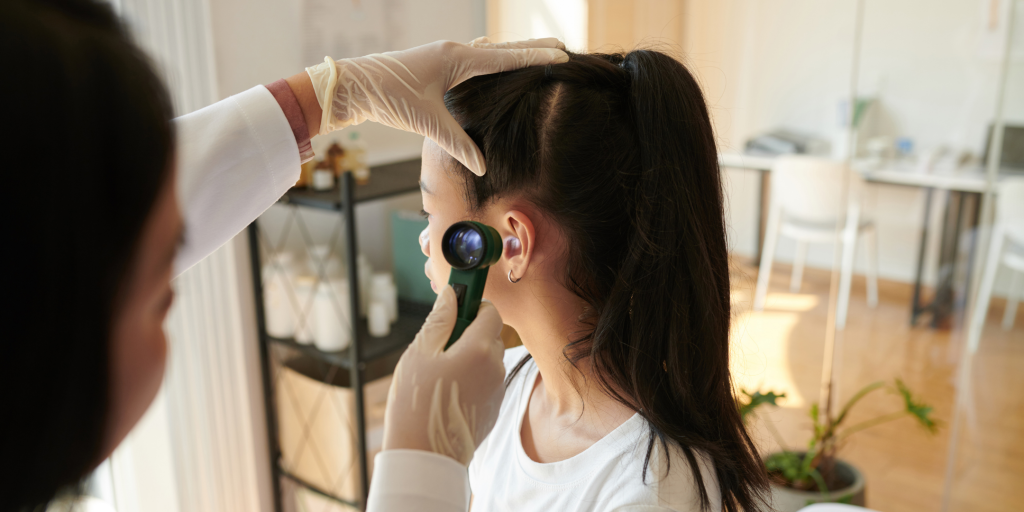Read the evaluation
Learn more about our evaluation methods for this project and the observations.
Read more
Childhood hearing loss can have a significant detrimental effect on language and communication development, as well as on academic and social growth. This is worse for children with learning impairments or complicated needs, and for those with undiagnosed or late-diagnosed hearing loss. It is estimated that children with autism have up to ten times the prevalence of hearing loss compared to children with average development.
Often, ear checks aren't provided following newborn screening and can be inaccessible for those with autism or learning impairments. The NHS Long Term Plan made a commitment to "work with partners to bring hearing, sight and dental checks to children and young people with a learning disability, autism or both in special residential schools."
As part of this commitment, NHS England commissioned a pilot of Ear Checks in Residential Special Schools to test a proof of concept for giving children enrolled in residential special schools access to hearing tests. The Health Innovation Network (HIN) South London was then asked to evaluate the programme. The evaluation aimed to assess the feasibility and acceptability of the intervention, identify necessary adjustments, and inform clinical standards, service planning, and future commissioning.
The evaluation used a mixed-methods approach, this included:
Additionally, we picked five schools for qualitative case studies which involved:
The pilot ran from June 2022 to February 2023 across 15 residential special schools in England. Of the 1,392 students eligible, 623 students consented and received at least one attempted ear check. The evaluation tested three models of delivery for the intervention: school-led, audiologist-led, and nurse-led.
Key insights from the evaluation included:
Interdisciplinary working: Collaboration among professionals from different disciplines, including school staff, audiologists, nurses, and parents, was key to improving clinical governance and access to onward care.
The intervention was highly valued by students, parents/carers, school staff, and audiologists, addressing a significant unmet need in ear health for children in residential special schools. Findings also showed that a familiarising approach had a high level of acceptance among students. Given the diversity of needs, the evaluation emphasises the importance of tailored approaches that account for students' diagnoses and associated symptoms.
Interdisciplinary working between schools, audiologists, and nurses was crucial to obtain meaningful checks, ensure clinical governance, and enable timely onwards referrals. To sustain and scale this intervention, careful consideration of capacity, workforce planning, training, equipment, and governance infrastructure is required. These elements must be funded and embedded in future commissioning decisions to ensure equity and long-term impact.
The evaluation identified several recommendations for future work to embed the intervention:
Support staff throughout the entire ear health pathway by providing training and enhancing workforce capacity to perform checks and manage subsequent care.
Learn more about our evaluation methods for this project and the observations.
Read more